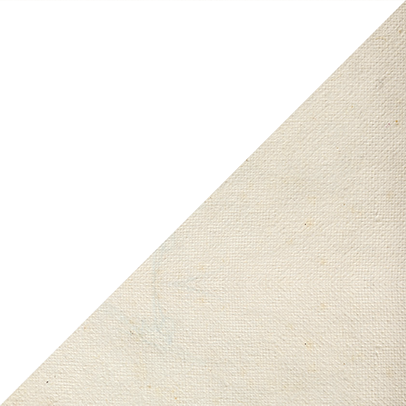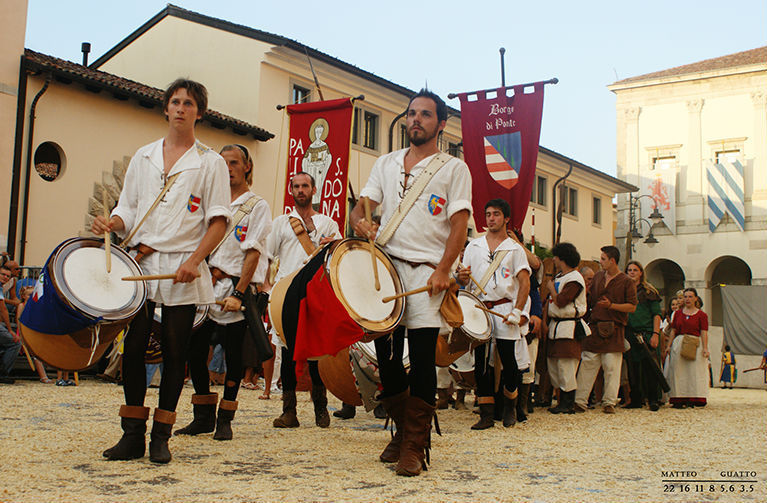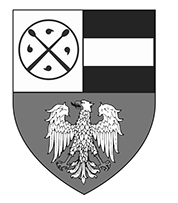















<
>
Il Palio di San Donato
The ‘San Donato Cloth’
Il Palio di San Donato consisteva in un confronto di arcieri, balestrieri ed in seguito archibugieri, in rappresentanza di borghi cittadini e di altre città o castelli. A tali prove si aggiungevano quelle della corsa a piedi e a cavallo, in una cornice di fastosi intrattenimenti, con grande affluenza di nobili e popolani. La competizione vedeva contendenti di svariata provenienza, oltre che una massiccia presenza di udinesi, giungevano rappresentanti anche da Treviso, Venezia e Muggia. Alla gara del 1548 si iscrissero 79 partecipanti. Le corse a cavallo si svolgevano di preferenza su un percorso che si snodava dal campanile del Duomo fino alla pietra, detta della corsa, oltre l'abitato di Gagliano, cippo tutt'ora esistente. I premi per i vincitori consistevano in preziosi tessuti e, anche per il valore di questi, il palio era un trofeo molto ambito. Affinché fossero adeguati all'importanza ed al prestigio della città, non si badava a spese: se necessario si acquistavano a Venezia. Nel 1484 il palio del Comune, esposto per essere balestrato, era di panno; poteva trattarsi anche di damasco cremisino, damasco giallo od altro, sempre comunque della migliore qualità. L'ultimo classificato riceveva la proverbiale porcellina, oppure uno sparviero o un gallo. A partire dall'anno 2000 la tradizione secolare del Palio è stata riproposta con grande successo in tutto il suo splendore.
The ‘San Donato Cloth’ consisted in a confrontation between archers, crossbowmen, and successively sharpshooter representing the city boroughs and other towns or castles. To theses trials were added foot and horse races, in a frame of ostentatious entertainment, with a great affluence of nobles and commoners. The competition saw contenders from various origins, apart from a massive presence of people from Udine, there also arrived representatives from Treviso, Venice and Muggia. At the contest in 1548, 79 participants enrolled. The horse races took place on a course that by preference wound from the bell tower of the Cathedral to the Stone, called the Race Stone (still existing today) beyond the houses of Gagliano. The prizes for the winners were precious fabrics and because of the value of these, the ‘Cloth’ was a coveted trophy. In order that these were suitable to the importance and prestige of the town, there was no regard to expense: If necessary the fabrics were bought in Venice. In 1484, the Municipal Cloth, displayed to be shot at with crossbows, was of woven cloth; it could have been crimson damask, yellow damask or similar, always however of best quality. The lowest classified contestant received the proverbial sucking pig, or a hawk or a rooster. Since the year 2000 this centuries old tradition of the Cloth has been revived in all its splendour with great success.
designed by Bruno Testa - www.brunotesta.it
